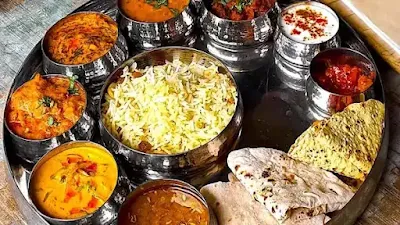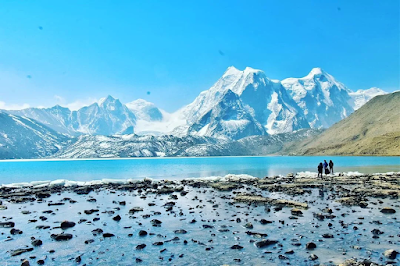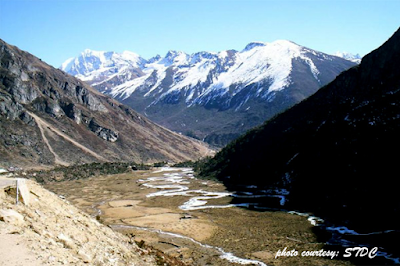Kangra Valley
Kangra Valley, nestled in the lap of the Dhauladhar Range in Himachal Pradesh, offers a blend of natural beauty, rich culture, and historical significance, making it a compelling destination for tourists. Here's a detailed look at Kangra as a tourist place:
Scenic Landscapes: Kangra Valley is blessed with picturesque landscapes, including lush green valleys, terraced fields, and snow-capped mountains of the Dhauladhar Range.
angra Fort: One of the oldest and largest forts in India, Kangra Fort stands as a testament to the valley's rich history. Dating back to the 4th century BC, it offers panoramic views of the surrounding mountains and valleys.
 |
| angra Fort |
 |
| Masroor Rock Cut Temples |
Norah House: A historical building constructed during the British era, Norah House is known for its colonial architecture and is now converted into a heritage hotel.
 |
| Norah House: |
Trekking: Kangra Valley offers several trekking routes, including the popular Triund Trek, which rewards trekkers with breathtaking views of the Himalayas.
Paragliding: Billing, located near Kangra, is one of the best paragliding sites in the world. Adventure enthusiasts can experience the thrill of soaring high above the valley while enjoying stunning aerial views.
 |
| Paragliding |
Local Cuisine:
Traditional Himachali Cuisine: Visitors can savor authentic Himachali dishes such as Dham (a traditional feast), Siddu (steamed bread), and Madra (a savory dish made with chickpeas).
 |
| Himachali dishes |
Kangra Holi: Holi celebrations in Kangra are renowned for their fervor and grandeur, attracting tourists from far and wide to witness the vibrant festivities.
Saurabh Van Vihar: This serene eco-park is located on the outskirts of Kangra town and offers lush greenery, walking trails, and a peaceful ambiance for visitors to unwind and connect with nature.
 |
| Saurabh Van Vihar |
Kangra Valley is well-connected by road and rail. The nearest airport is Gaggal Airport in Kangra, which offers domestic flights. Regular bus services and taxis are available from nearby cities like Dharamshala and Pathankot.
Conclusion:
Kangra Valley, with its blend of natural beauty, cultural heritage, adventure activities, and delicious cuisine, offers a memorable experience for tourists seeking to explore the beauty and charm of Himachal Pradesh. Whether it's exploring ancient temples, embarking on exhilarating treks, or simply enjoying the tranquility of its surroundings, Kangra has something to offer for every traveler.

















